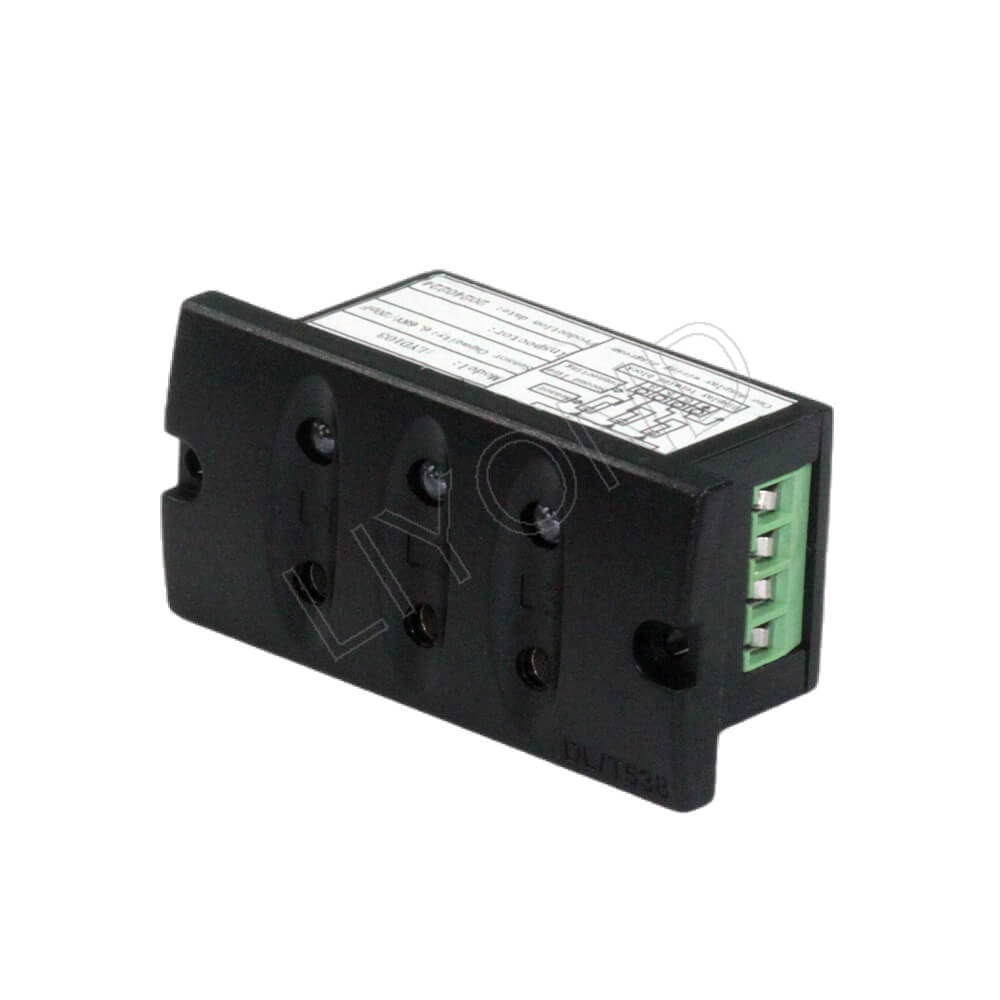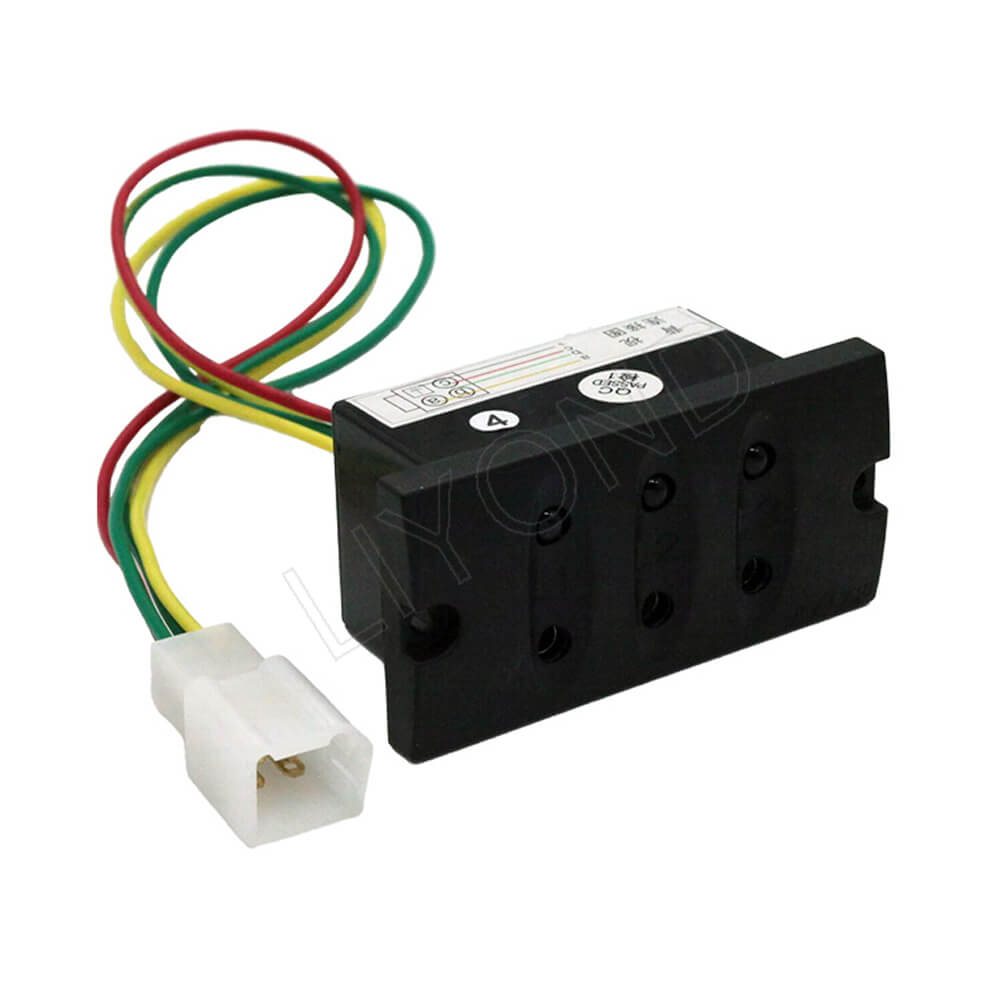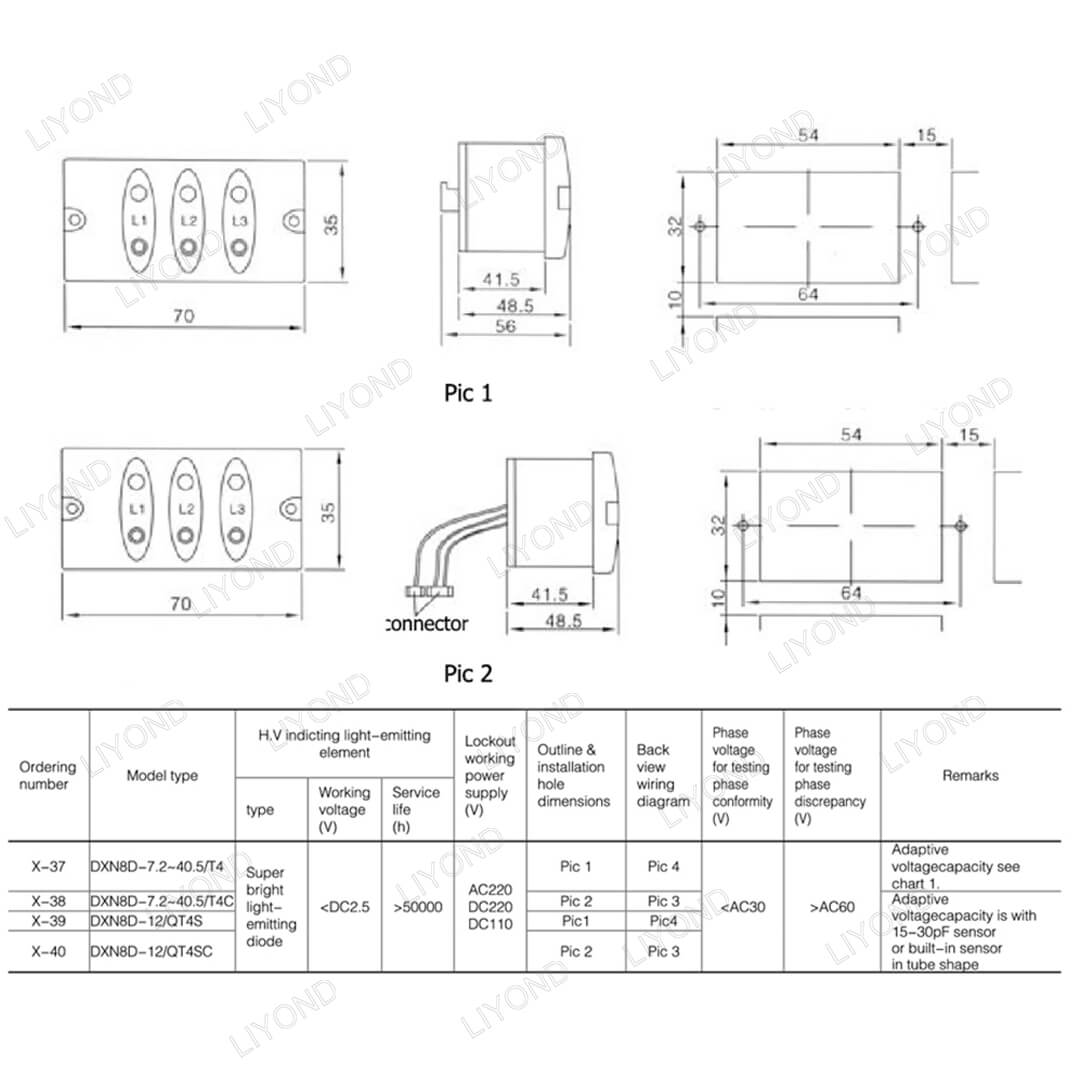



High-voltage live display devices are generally installed in incoming busbars, circuit breakers, main transformers, switch cabinets, GIS combined appliances and other places that need to be displayed to prevent electrical misoperation. This series of devices must comply with the People’s Republic of China Electric Power Industry Standard DL /T 538-2006 “High-voltage live display device” standard
Features
1. Reliability: The inductive (non-contact) sensor detects whether the line is live or not outside the safe distance of the line, and has obvious directionality, high sensitivity, safety and reliability.
2. Economy: The sensor is not in direct contact with the charged body, and there is no need to do partial discharge test during installation and maintenance. It is simple and convenient, with low maintenance cost and long service life.
3. Full-featured: It has the functions of flashing light display, self-checking and starting the forced locking circuit, which truly plays the role of all-round forced locking.
4. Adaptability: Various forms, can be widely used in various places such as indoor, outdoor, GIS combined electrical appliances and switch cabinets.
Working conditions
1. Ambient temperature: the upper limit should not exceed +40°C, the lower limit should not be lower than -25°C, and the special area should not be lower than -35°C
2. Altitude: the altitude of the installation area is not higher than 1000m
3. Atmospheric conditions: the daily average of air relative humidity is not more than 95%, the monthly average is not more than 90%; the daily average of water vapor pressure is not more than 2.2kPa, the monthly average is not more than 1.8kPa
4. Environmental conditions: no obvious pollution, no flammable, explosive chemical corrosion and salt spray places
The live display uses the electric field coupling principle between the high-voltage electric field and the sensor to perform inductive (non-contact) measurement outside a safe distance. Its working principle frame is shown in Figure 1. The high-voltage live display locking device is composed of a sensor and a display. There are four sensors in total, which are respectively aligned with the “A, B, C, D” three-phase live body and grounding, without direct contact with the high-voltage live body, and maintain a certain safety. Distance, it accepts the electric field signal of the high-voltage charged body, and transmits it to the display for comparison and judgment;
When the device under test or the network is electrified, the “A, B, C” three-phase indicator lights are on, the “operation” indicator light is off, and a forced locking signal is output.
When the device under test or the network is not powered, the “A, B, C” three-phase indicators are all off, the “operation” indicator is on, and the blocking signal is released at the same time, and the device can be operated. The device adopts split-phase control. When any phase is charged, it will flash and alarm, and output a forced blocking signal.
When the monitor loses the control power supply, the monitor outputs a forced locking signal to keep the locked state. There is a “self-check” function on the display, which can automatically detect various functional modules of the sensor and the display. When any fault occurs in the device, the “power” indicator will be on for a long time, and the “operation” indicator will not be on, and the output will always be forced. Block the signal, keep the blocking state.
